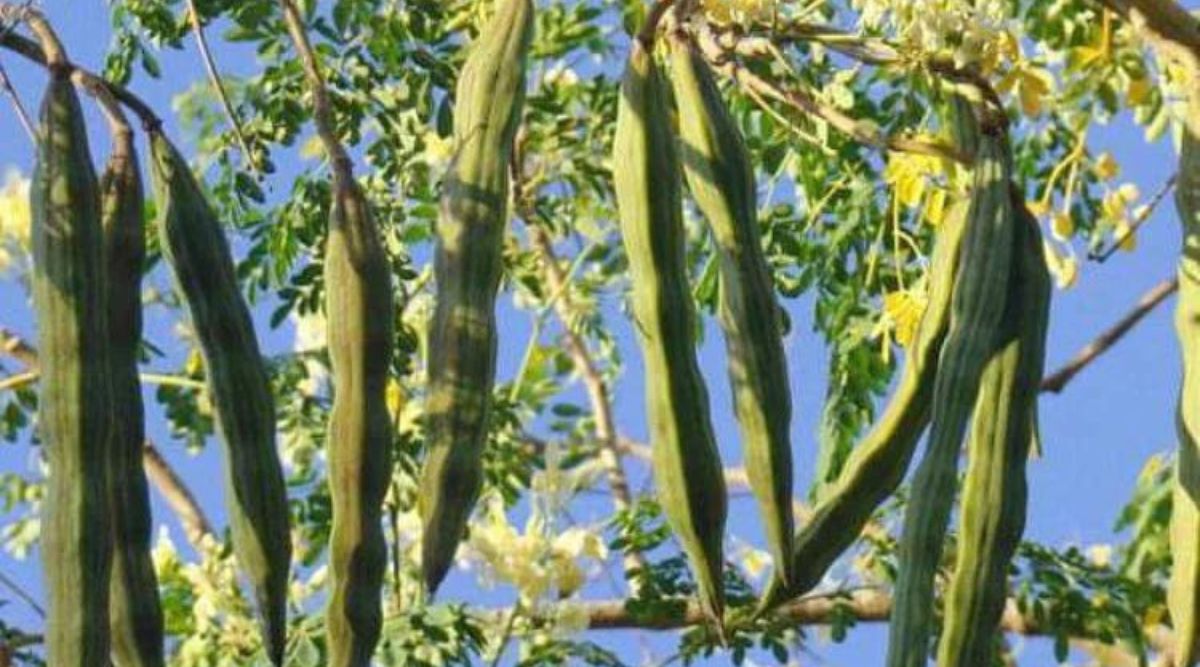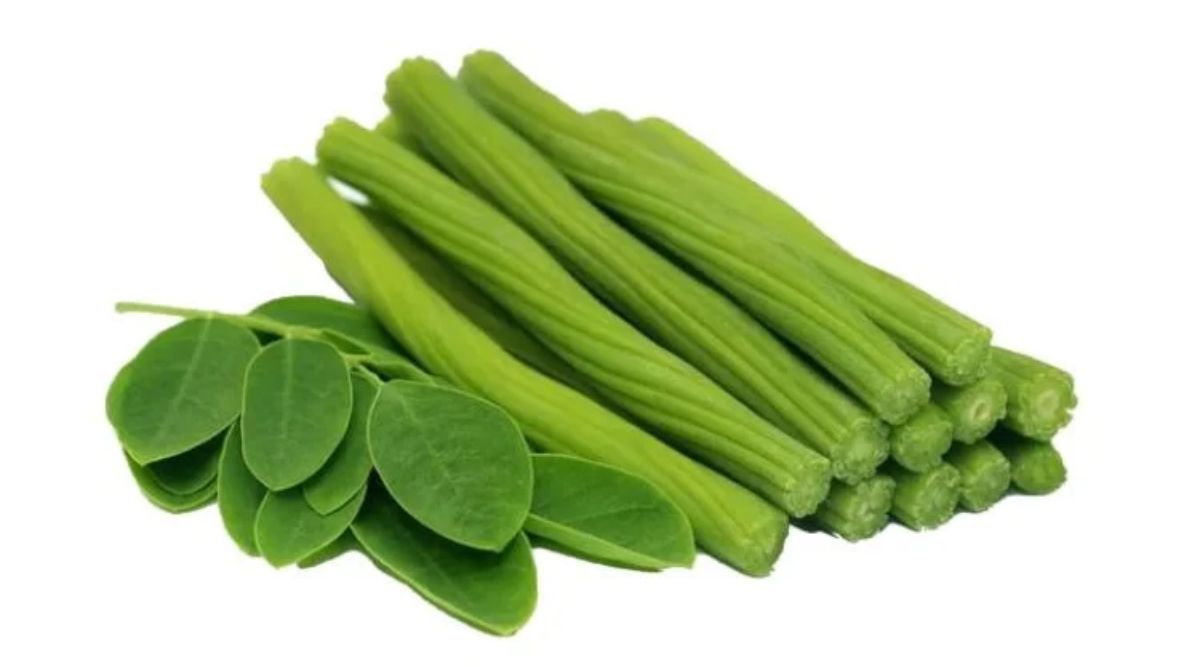Drumstick Cultivation: Scientific methods gives fruits twice a year
Farming can be done even in barren land
Drumstick, also known as moringa, is very beneficial for health. Drumstick soup is considered very helpful in removing physical weakness. It is specially used in making sambar in South India. Drumstick flowers and pods are used in making vegetables, pickles, etc. Its leaves are also eaten. These leaves are beneficial for diabetes patients. Drumstick contains nutrients like vitamin C, calcium, fiber, iron, and phosphorus. Drumstick is also used in many types of medicines. Oil is made from its seeds. Many companies are now also getting contract farming of Drumsticks done. Considering the increasing demand for drumsticks, their cultivation can prove to be beneficial for the farmers, if it is done in the right way.
Soil and Climate
The specialty of drumsticks is that they can be grown in all types of soil. It can be cultivated even in barren and less fertile land. The pH of the soil should be from 6.3 to 7. Drumstick plants do not require much water. Drumstick plant grows well in warm climates. A temperature of 25 to 30 degrees celsius is necessary for drumstick flowers to develop. It cannot be cultivated in areas with extreme cold and frost.

How to prepare a drumstick plant?
- For the cultivation of the drumstick, you can sow the seeds directly in the pits or prepare its seedlings first in the nursery.
- 1-2 cm in a polythene bag for preparing saplings. Plant the seeds deeply.
- Put 2-3 seeds in a bag.
- Seeds germinate in 5-10 days.
- When the plant is 60-90 cm. If it becomes tall, it can be transplanted in the field.
- Before sowing the seedlings or seeds, the field is prepared properly.
- Then a pit is made, and cow dung manure or compost is put in it.
- Transplanting of drumstick plants can be done from June to September.
- For the good development of plants, their harvesting is also necessary.
- When the plant becomes about 75 cm, then its upper part should be broken. Branches come out of it.
- Plants should be planted at a distance of 2.5 X 2.5 meters and 45 X 45 X 45 cm. Transplanting is done by making a shaped pit.

Fertilization and Irrigation
Usually, a good crop of drumstick can be obtained even without the use of much fertilizer. Manure is usually mixed with soil during field preparation and used to fill pits. Drumstick requires phosphorus for root development and nitrogen for leaf development. Drumstick plants do not require much water. Drip or sprinkler irrigation method can be used for its irrigation. Weeding is also necessary at an interval of 30 days, because the growth of plants is affected by weeds.
Also Read: Why is tissue culture technique effective in potato seed production?

Fruit picking
Drumstick beans are generally ready in 160-170 days. Pods come in its plants twice a year and they can be harvested 4 times. Pods can be harvested at different stages as per requirement. About 200-400 (40-50 kg) drumsticks are obtained from one drumstick plant in a year. This gives fruits twice a year. That’s why farmers can earn well from this. Drumstick cultivation in one acre can earn a profit of up to 6 lakhs annually.
Also Read: Walnut production : 90% of India’s walnuts are produced in Kashmir, but How ?
Contact us – If farmers want to share any valuable information or experiences related to farming, they can connect with us via phone or whatsapp at 9599273766 or you can write to us at “[email protected]”. Through Kisan of India, we will convey your message to the people, because we believe that if the farmers are advanced then the country is happy.
You can connect with Kisan of India on Facebook, Twitter, and Whatsapp and Subscribe to our YouTube channel.



